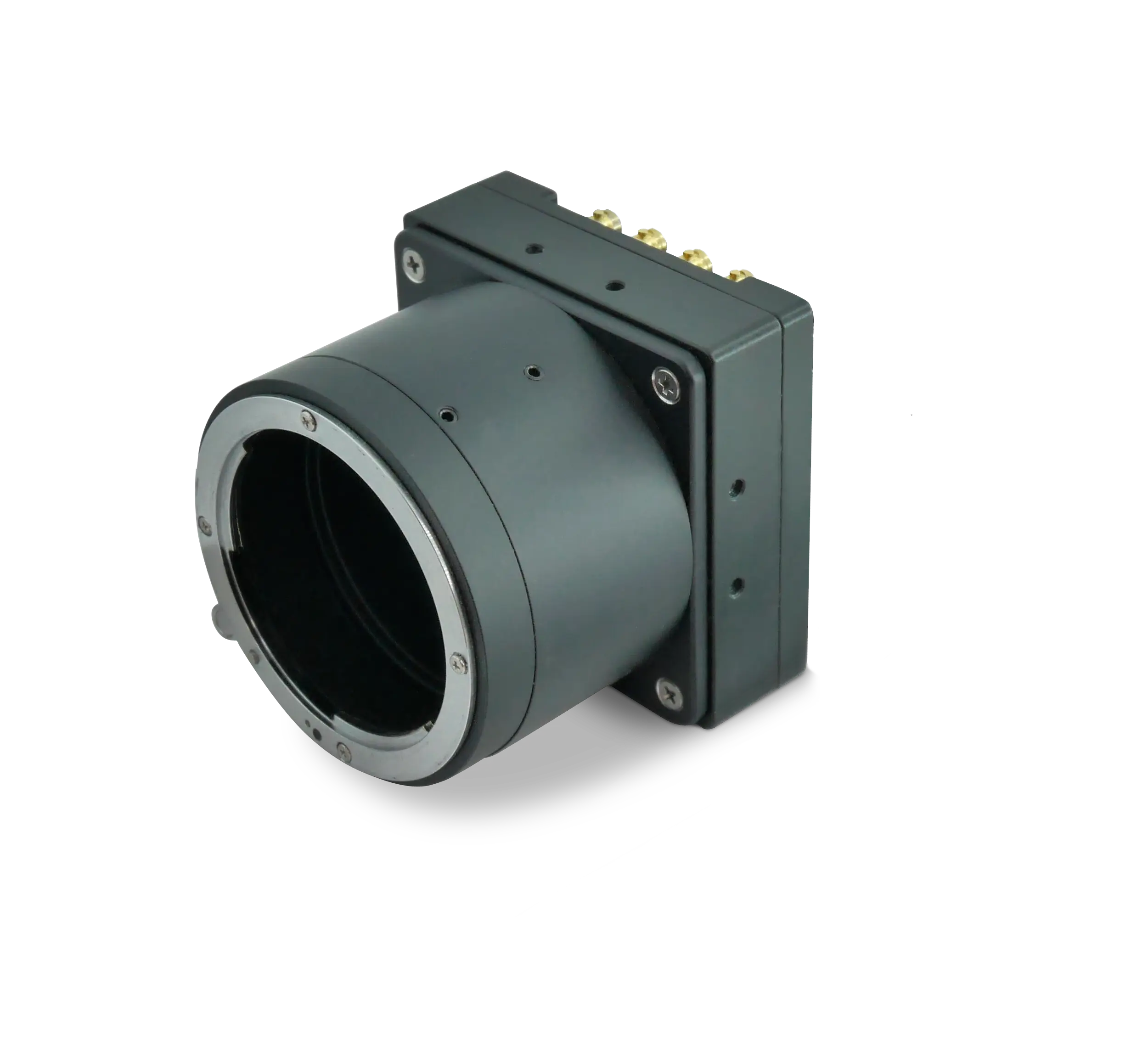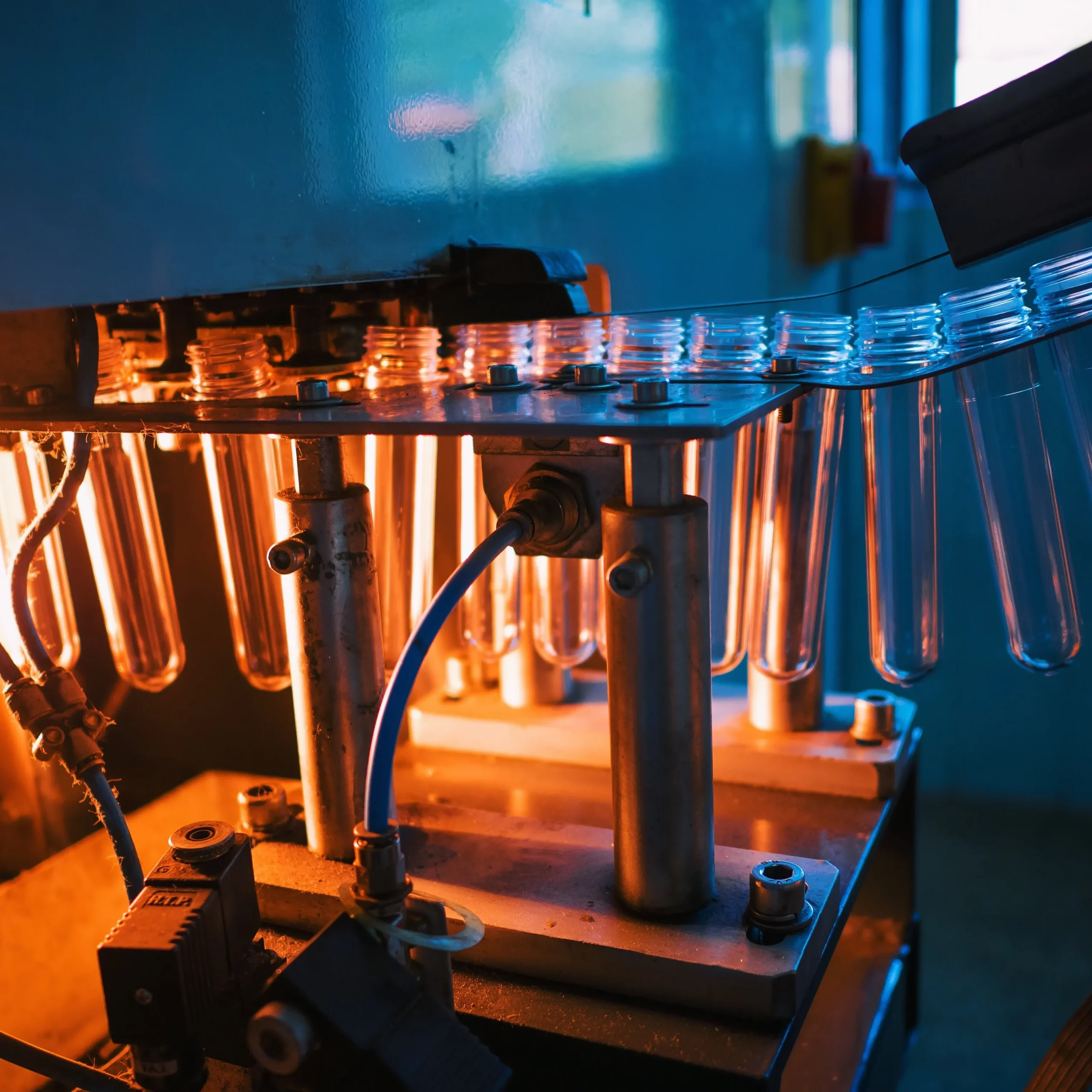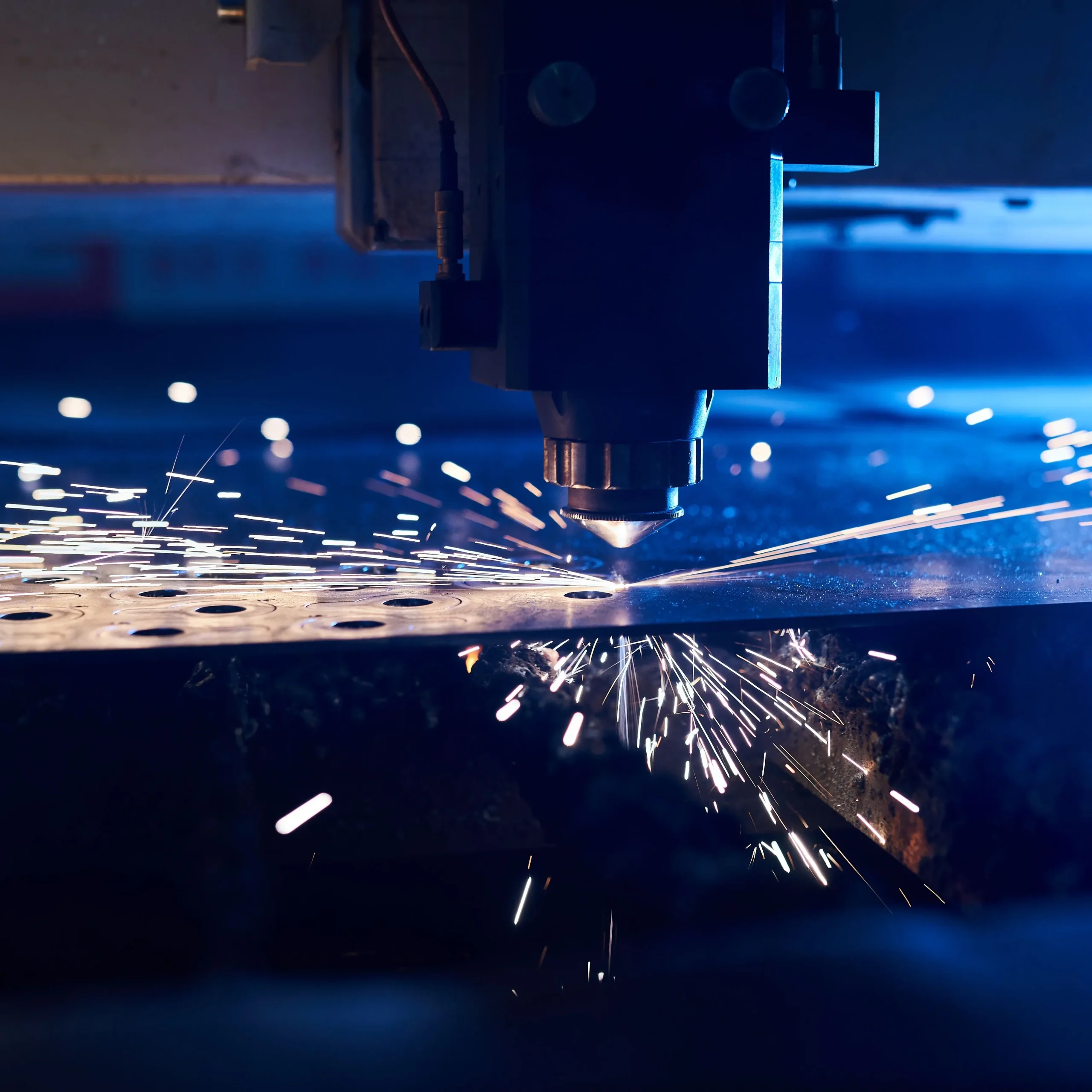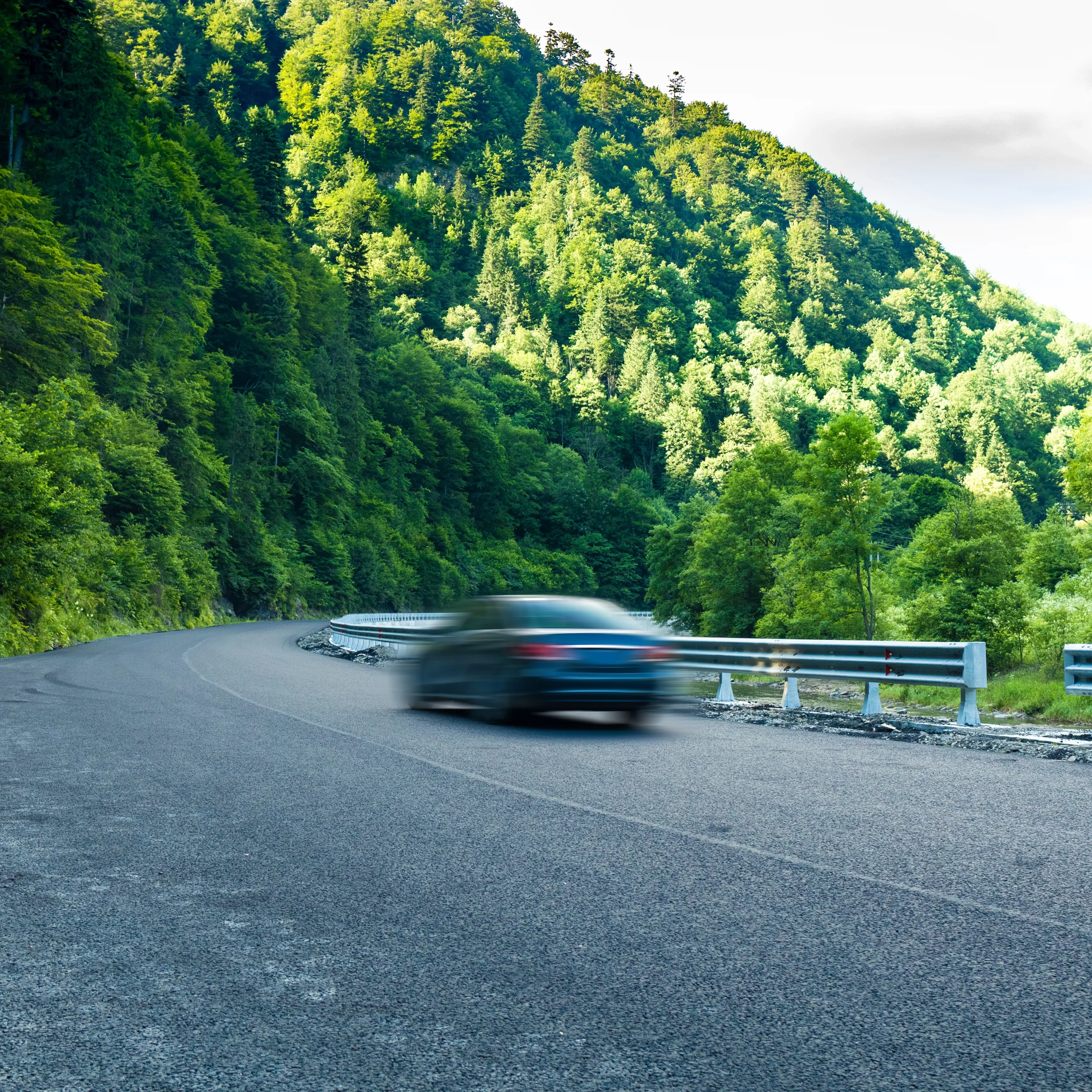The pressure to reduce energy consumption on 24/7 manufacturing lines is no longer a purely environmental talking point—it is a board-level KPI. Every watt saved in a high-volume plant translates directly into operating expenditure savings and, increasingly, carbon-reporting credits. Yet quality managers cannot simply switch off equipment; the line must keep moving, and every product must be inspected. This is where adopting a low-power high-speed camera designed for embedded line-inspection vision, such as the KAYA Vision Iron 4600 or Iron 661, delivers rapid ROI.
Why power matters inside sealed machines
Modern automated inspection stations are often built as sealed, vibration-isolated, and sometimes pressurized enclosures. The design shields optics from dust, moisture, and aggressive cleaning processes while ensuring operator safety. Unfortunately, sealed spaces struggle to dissipate heat. A conventional high-speed camera pulling 20–30 W can raise the internal temperature by several degrees Celsius, forcing OEMs to add active cooling fans or liquid loops that undermine IP ratings. Choosing a camera that typically draws under 11 W—as the Iron 4600 does—removes the need for extra thermal management.
The efficiency equation: sensor choice + interface
True energy efficiency is not achieved by power draw alone. A holistic view examines how fast an image sensor can capture the required resolution, how little light it needs, and how reliably data can be moved to the host computer for analysis. KAYA Vision’s implementation combines three pillars:
- Sony and Gigapyx sensors noted for high quantum efficiency, minimizing illumination power.
- Global or rolling shutters selected to match line speed while avoiding unnecessary exposure time.
- A durable CoaXPress camera interface—up to CXP-12—delivering deterministic bandwidth with Power-over-CXP (PoCXP) so that a single micro-BNC cable provides data, trigger, and power.
By transporting power and data over one thin coax, PoCXP eliminates separate power supplies and bulky cable harnesses, shrinking energy losses and simplifying maintenance. For many installations, the cable itself passes through a rotary interface or robotic dress pack where weight and flexibility are critical. Reducing cable count directly boosts robot uptime.
Iron 4600: high speed, low watts
The 8K-class Iron 4600 captures a crisp 45 Mpixel frame at up to 100 fps while consuming less than 11 W. That performance-per-watt ratio leads the durable CoaXPress camera category. Thanks to a native dynamic range over 90 dB, exposure times remain short even under low LED lighting, meaning the illumination channel can also be dimmed to conserve power. The camera’s internal defect-pixel correction, flat-field normalization, and real-time LUT processing reduce CPU workload in the vision PC, enabling the host to run on fanless embedded compute modules.
Internally, the sensor’s 4.4 µm pixels and active alignment maintain MTF across the field without relying on energy-hungry focus or aperture control mechanisms. When production switches to smaller parts, the operator can instantly define a region of interest via GenCam commands, dropping the data rate and average power.
Iron 661: ultrahigh resolution when details matter
Sometimes the defect signature is microscopic: a solder void, a scratch, a faint print registration error. The Iron 661 answers with 128 MP of resolution, leveraging Sony’s IMX661 global-shutter sensor. Even at that staggering pixel count, the camera sustains 21.5 fps while drawing under 14 W—still well below the thermal budget of most sealed enclosures. In stations where the camera is the only active component besides LED strobes, that difference can keep the internal temperature under the dew-point threshold and prevent fogging of the protective window.
Quantifying savings in a 24/7 line
Consider a packaging plant operating three parallel inspection lanes, each with two cameras running non-stop. Replacing six legacy cameras consuming 25 W each with Iron 4600 units provides an 84 W reduction (from 150 W down to 66 W). Over a year:
- Energy saved = 84 W × 24 h × 365 days ≈ 735 kWh
- At $0.12 per kWh, direct cost savings ≈ $88 per line
- Associated CO₂ reduction (US average 0.4 kg/kWh) ≈ 294 kg
While $88 may appear modest, multiply the figure across 20 plants and add the avoided HVAC load inside every sealed cabinet. The cumulative impact quickly moves the needle in corporate ESG dashboards.
Embedded line-inspection vision without compromise
A low-power high-speed camera should never force engineers to sacrifice performance. KAYA Vision maintains identical feature sets across its product families, so power-saving models retain:
-
- Hardware-based triggering with sub-microsecond jitter for precise part synchronization.
- Multi-camera GenTL support enabling dozens of channels on a single PCIe frame grabber.
- On-the-fly firmware upgrades to add custom FPGA processing without R&D spin.
- Optional IP67 barrels and M72 or F-mount lens adapters for wash-down environments.
The result is a drop-in replacement strategy: swap, qualify, save energy.
Designing for maintenance-free operation
Power savings translate into lower heat, and lower heat extends component lifetime. Both Iron cameras are specified for 1.6–2.1 million hours MTBF at 50 °C, an achievable temperature inside a cabinet that no longer requires auxiliary fans. Fewer fans equal fewer ingress points for contaminants, capping a virtuous cycle of reliability.
Meanwhile the rugged micro-BNC connectors on every durable CoaXPress camera resist vibration better than consumer HDMI or USB plugs. The threaded coupling prevents accidental decoupling during turret rotation or pneumatic door movement. That integrity is essential on a line that cannot afford an unplanned stop for troubleshooting cabling faults.
Smart triggering reduces irradiance
Continuous lighting is another hidden energy sink. The Iron series provides exposure strobe outputs synchronized to each frame, allowing LED bars to pulse only when the shutter is open. Users report up to 80 % reduction in lighting duty cycle, cutting both electricity and thermal load. Lower LED temperature furthers lumen maintenance, delaying relamping service calls.
Putting it all together: reference architecture
- One or two Iron 4600 cameras powered via PoCXP.
- A KAYA Komodo Quad frame grabber in a small form-factor industrial PC.
- Strobe-ready LED bar lights driven by the camera’s TTL output.
- Deterministic encoder feedback wired into the opto-isolated input for pixel-to-millimeter mapping.
- Acrylic or sapphire window rated to IP67 with anti-condensation coating.
The complete package occupies less than 10 L volume, weighs under 5 kg, and typically draws under 60 W total—including computing and lighting—for 200 MP/s aggregate throughput. Such density enables mounting inspection right on a pick-and-place head or inside a molding press where space and power are at an absolute premium.
Future-proof bandwidth without escalating watts
When throughput inevitably rises, engineers can unlock higher CXP rates or switch to PCIe-direct Zinc cameras while still enjoying KAYA’s low-power design DNA. Because all products speak GenCam, software stacks compiled today for a durable CoaXPress camera will compile tomorrow for a PCIe model with zero code changes. The upgrade path is painless, and the power envelope remains predictable.
Checklist for selecting your next camera
- What is the typical and peak power consumption at the required frame rate?
- Can the camera deliver both data and power over one cable to reduce points of failure?
- Does the enclosure design allow sufficient passive cooling for 24/7 duty?
- Are on-camera processing features available to lower host CPU requirements?
- Has the vendor published MTBF data at elevated temperature?
Scaling for tomorrow
Roadmaps show that sensor resolutions and line speeds will keep rising, yet many factories have already reached their electrical capacity. Engineers who embrace low-power high-speed camera platforms today establish a foundation that scales without new power drops, larger enclosures, or expensive HVAC retrofits. The KAYA Vision Iron family is engineered for that path, pairing ever-growing pixel throughput with disciplined watt budgets.
